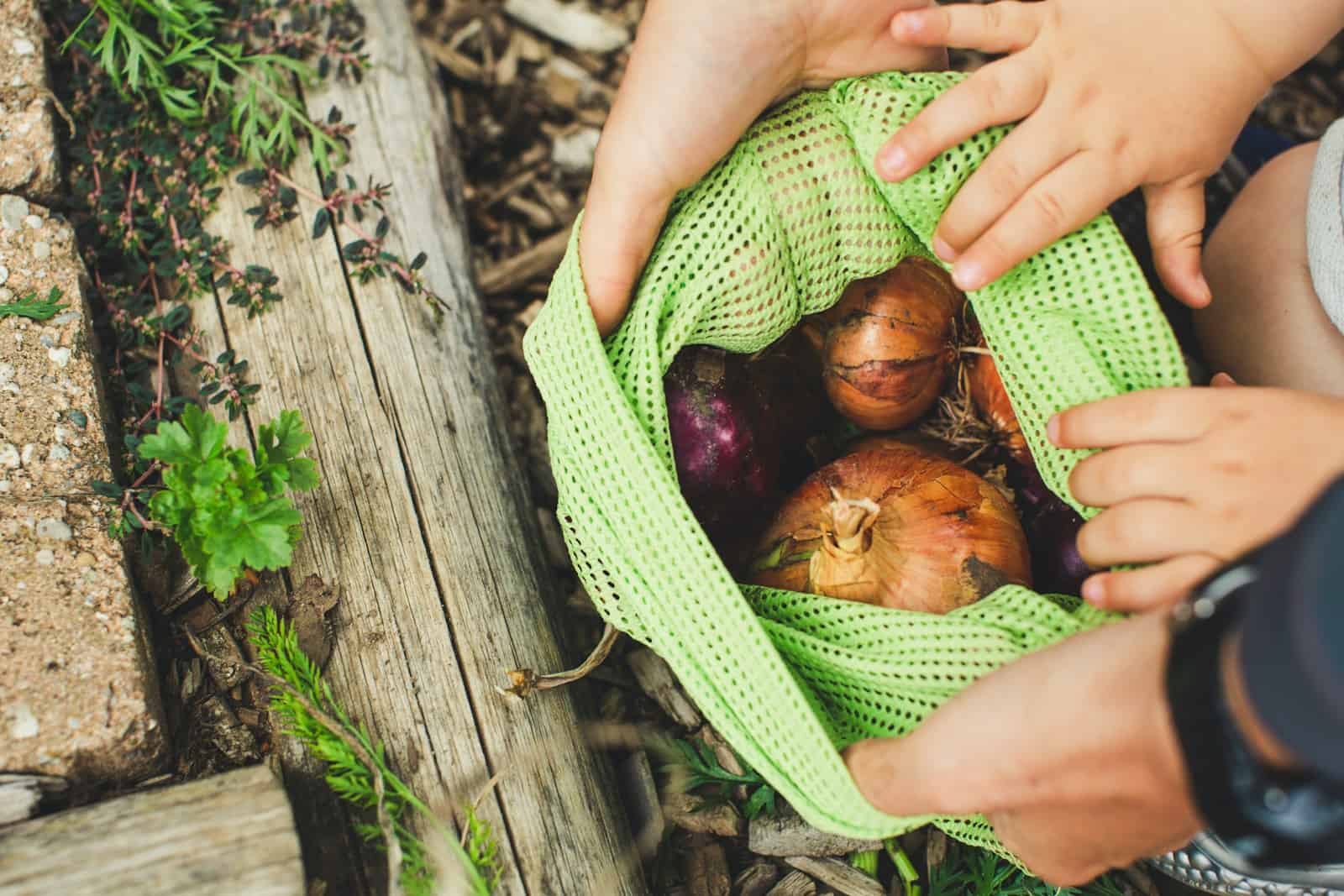
Photo by Markus Spiske on Unsplash
Pesticide Risks in US Produce: What You Should Know
April 19, 2024
Consumer Reports has completed an extensive review of pesticides in 59 types of fruits and vegetables commonly found in the U.S. The study analyzed seven years of data from the U.S. Department of Agriculture, revealing concerning findings about pesticide residues in our food.
According to the data, 20% of the produce examined showed significant pesticide risks. This includes popular choices like bell peppers, blueberries, green beans, potatoes, and strawberries. Alarmingly, some of the tested produce contained residues of pesticides not permitted for use on those specific foods in the U.S. for over a decade.
Imported produce, especially from Mexico, was found to have higher levels of pesticide residues compared to domestically grown produce. However, not all the news was bad; nearly two-thirds of the foods tested presented little to no pesticide risk, with organic produce generally safer.
Consumer Reports’ analysis provides guidelines on safe consumption levels for different foods. Sixteen fruits and 21 vegetables were rated as low-risk, allowing for more than three servings a day. Ten foods were of moderate risk, while 12 foods were considered high-risk, requiring limited consumption, especially for children and pregnant individuals.
The EPA’s pesticide risk assessment has been criticized for not reflecting the latest scientific findings. Consumer Reports uses a precautionary approach, setting lower limits for harmful pesticides and considering potential health risks from exposure to multiple chemicals.
Pesticides are chemicals designed to kill organisms and can pose health risks to humans. Studies have linked pesticide exposure to increased risks of cancer, diabetes, cardiovascular disease, and developmental issues in children. Vulnerable populations, including farmworkers and their families, face higher health risks from pesticide exposure.
Consumers can reduce pesticide exposure by choosing low-risk produce and opting for organic versions when possible. While organic foods are generally safer, they can be more expensive. Importantly, green beans and strawberries from Mexico were flagged as particularly high-risk due to pesticide contamination.
While some U.S. produce carries pesticide risks, most fruits and vegetables are safe for consumption when chosen wisely. It’s crucial to stay informed and make informed choices to minimize pesticide exposure and protect our health.
Recent News
Ground Beef Sold at Walmart Recalled for E. Coli Contamination
The beef, sold at Walmart and other retailers, is from Cargill Meat Solutions.
Carvana Shares Rise 30% as Pre-Owned Car Seller Reveals Record First Quarter
Shares for Carvana shot up by over 30% after it reported record results and made a profit in the first quarter.
Peloton, Hyatt Team Up To Offer Bikes, Loyalty Points at 800 Hotels
Peloton and Hyatt’s new partnership is an attempt to revitalize the cratering brand.
Uber and Lyft Strikes in Metro Atlanta
Uber and Lyft rideshare and delivery drivers in the sprawling metro Atlanta area came together in solidarity with their counterparts nationwide for a significant cause on May 1.

